Features > Property News & Insights > Market updates
RBA holds rates steady, surprising markets & delaying mortgage relief
-1.png)
Image by Brendon Thorne/Bloomberg
KEY POINTS
- The Reserve Bank of Australia has kept the cash rate at 3.85% in July 2025, citing strong employment and concerns about sticky inflation
- The decision came as a shock to financial markets, which had priced in a 97% chance of a July cut, but RBA Governor Michele Bullock said more data was needed before any further easing
- Nevertheless, earlier rate cuts have already boosted housing activity, with national home prices up 0.6% in June and auction clearance rates above 70%
The Reserve Bank of Australia has shocked financial markets and disappointed Australian households expecting mortgage relief, keeping the cash rate on hold at 3.85% at its July board meeting.
The decision was unexpected, with money market traders pricing in a 97% chance of a 25 basis point cut in the days leading up to the decision, buoyed by recent low inflation figures.
However, the bank made clear it is worried about the strength of Australia’s labour market and the potential for another inflation breakout.
The call to keep rates on hold was also not unanimous, with a statement released by the bank revealing that 3 of the nine monetary policy board members voted to cut rates.
Nevertheless, at her usual post-decision press conference, Governor Michele Bullock hinted that favourable quarterly inflation data numbers, due to be released at the end of the month, could pave the way for a rate cut at the RBA board’s next meeting in August.
The details
Blindsiding the financial markets and disappointing households with a mortgage, Australia’s central bank has opted to keep the cash rate on hold at 3.85% at its July 2025 meeting.
The decision followed 2 previous cuts of 25 basis points each by the RBA in February and May 2025, as inflation moved back into the bank’s mandated 2-3% target band.
Although both headline and core inflation have continued to trend down and economic growth remains weak, the bank made clear it is worried about the underlying strength of the labour market.
“Various indicators suggest that labour market conditions remain tight,” the RBA board said in a statement accompanying the decision to keep rates on hold.
“At 4 or 4.1%, which is where unemployment is now, it's a relatively tight labor market, and you could argue it's actually “full” employment,” says the ABC’s Business correspondent David Taylor.
“The Reserve Bank was expecting it (unemployment) to creep up to around 4.5%, so we're well below that.
“But it means there's money in people's pockets.
“You also have Fair Work decisions on minimum and award wages, which has lifted wages - again, more money in people's pockets to spend.
“The Reserve Bank is just a little hesitant to ease monetary policy and put even more money in people's pockets in case that pushes prices up,” Mr Taylor says.
“With the cash rate 50 basis points lower than five months ago and wider economic conditions evolving broadly as expected, the Board judged that it could wait for a little more information to confirm that inflation remains on track to reach 2.5% on a sustainable basis,” the RBA statement says.
Later, at her usual post-decision press conference, RBA Governor Michele Bullock indicated that as well as being focused on the strength of the labour market, the board members simply didn’t believe the latest monthly inflation numbers from the Australian Bureau of Statistics, preferring to wait for a full quarter’s worth of data.
“A lot of people focused on the (monthly) headline CPI number, 2.1%,” she said.
“But we don’t think inflation in a sustainable way is that low.
“We think it’s higher.”
Ms Bullock pointed to the last quarterly inflation figures which put core or underlying inflation at 2.9%.
“Underlying inflation at the moment gives us the best idea of the underlying inflation pulse, if you like, because the headline numbers are mixed up a bit by particularly energy rebates,” she explained.
“So the underlying is the best read.
“And the board's decision today was recognising that, look, there's a few weeks… five weeks till the next meeting.
“By then, we will know what the June quarter CPI (inflation data) is.”
And if it comes in as we think it will…. a little bit at the margin we're a little bit worried about.... but if it comes in as we think it will, continued decline, then that validates our easing path.”
Economists believe that opens the way for an interest rate cut at the RBA’s next meeting.
“Looking ahead, we expect the RBA Board will decide to cut the cash rate in August,” says ANZ Head of Australian Economics Adam Boyton.
Micaela Fuchila, the Chief Economist at investment bank Jarden, agrees.
“We expect another cut in August and another cut in November,” she says.
Impact on the property market
While many potential buyers have been sitting on the sidelines expecting a lower interest rate climate, the property market has not been waiting around.
The RBA’s previous two interest rate cuts this cycle - in February and May - have already spurred a significant uptick in activity, with many vendors and buyers already factoring in expected interest rate cuts ahead of time.
Cotality, the data analytics company formerly known as CoreLogic, says the preliminary auction clearance rate has held above the 70% mark for the past four weeks.
Generally, a clearance rate above 70% indicates a seller's market where buyers bid to or exceed sellers’ expectations, while a rate below 60% suggests a buyers' market where many bidders would rather let a property go than meet a seller’s price demands.
Cotality also reported a national lift of 0.6% in home prices in June, already double the monthly rate of change in April.
However, Cotality’s Head of Research, Eliza Owen, is cautious.
“There is a limit to how much falling interest rates can push up home values,” she says.
“The strength of the response in home values depends on many different factors, including the magnitude and number of rate cuts, where property prices are starting from and confidence in economic conditions.”
Nevertheless, Ms Owen says Cotality expects “Australia’s housing market to see further uplift over the course of the year.”
“This largely stems from limited housing supply from both a new-build and listings perspective, while borrowing capacity increases amid lower interest rates.”
Neoval, a property data company owned by the Ray White real estate chain, is even more bullish, predicting gains of 12.7% for houses nationally by mid-next year and about 7.4% for units.
Stay Up to Date
with the Latest Australian Property News, Insights & Education.




.png?width=292&height=292&name=Copy%20Link%20(1).png)
 SIGN UP FOR FREE NEWSLETTER
SIGN UP FOR FREE NEWSLETTER
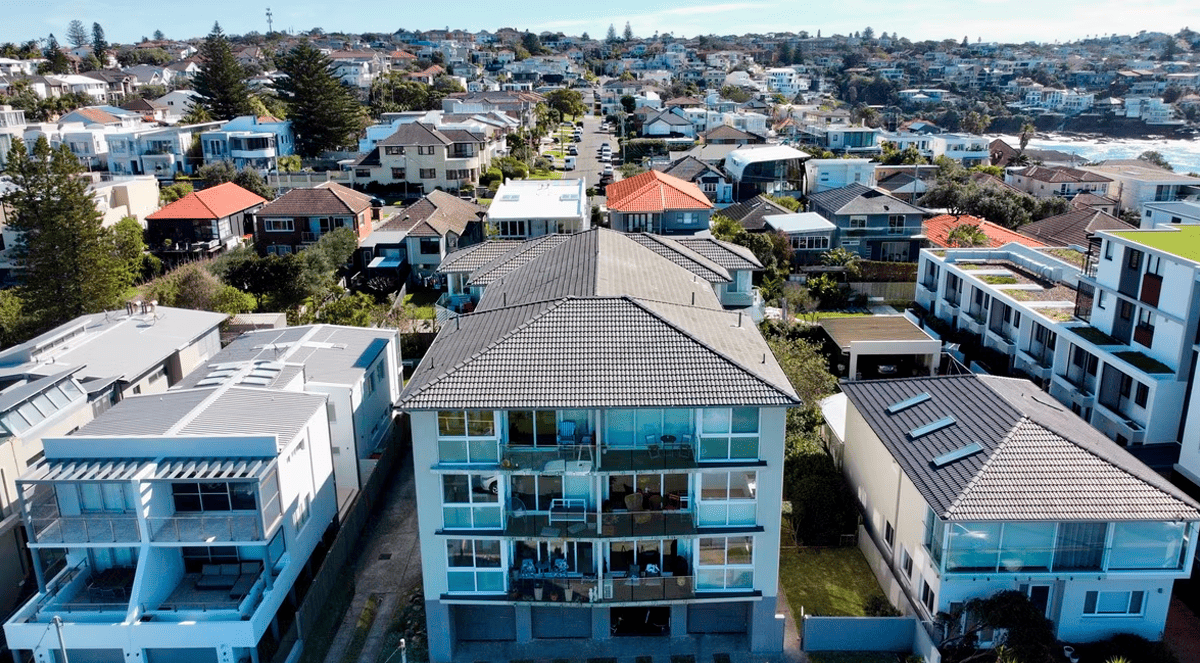
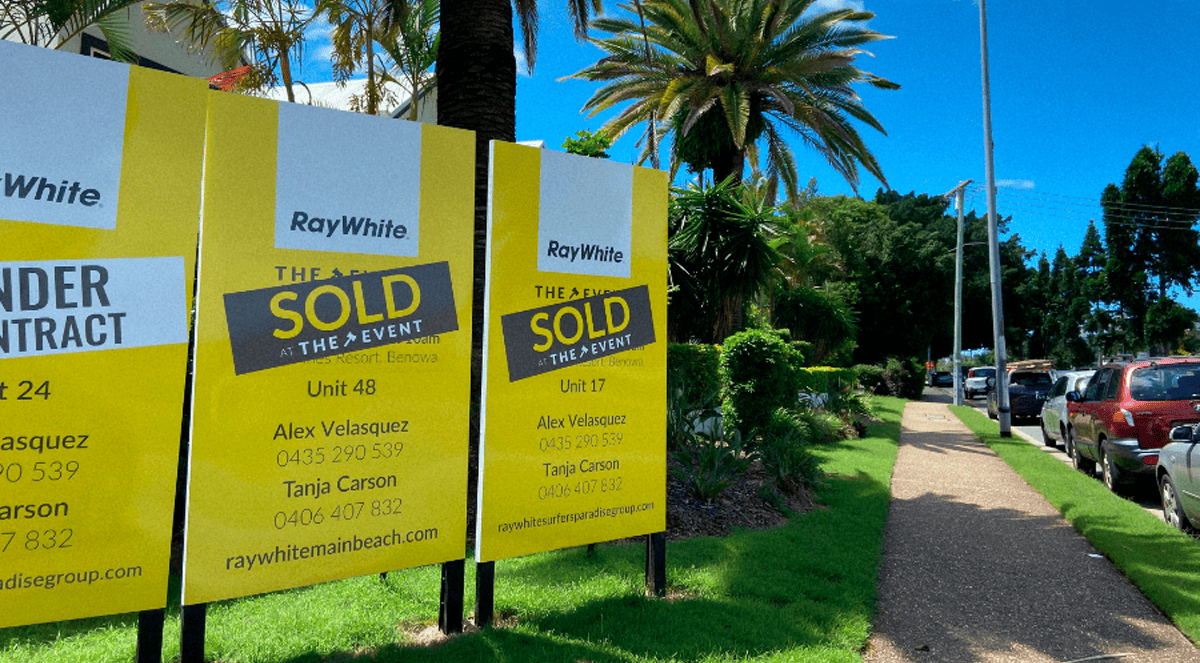
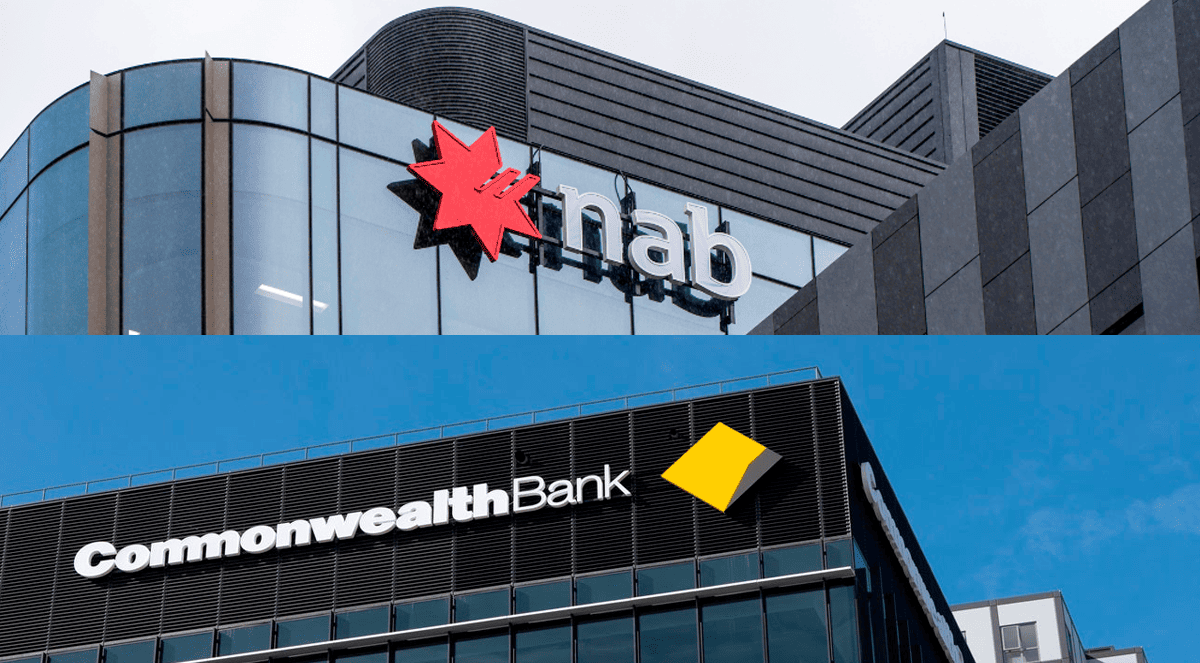
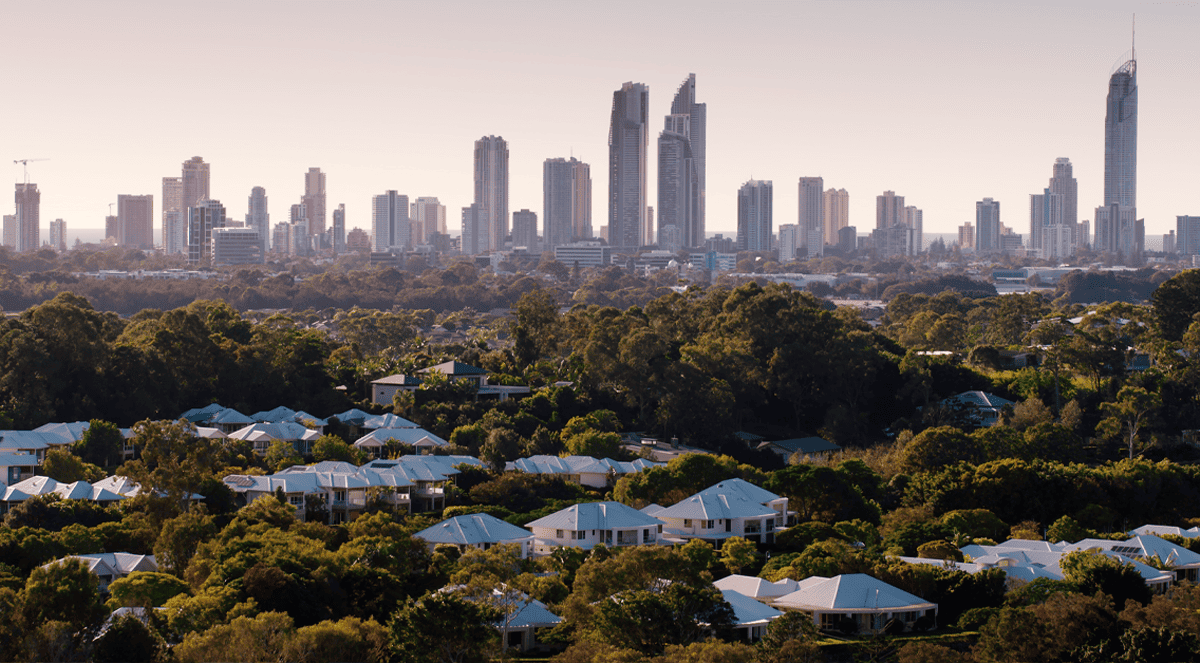
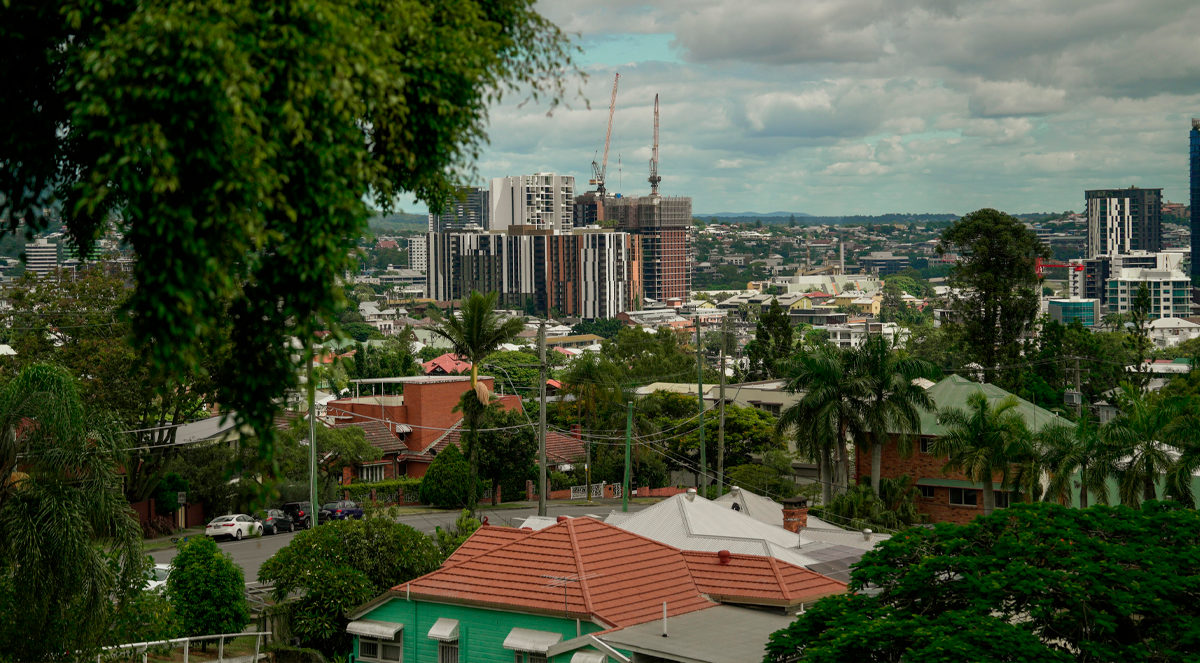
.jpg?width=1920&height=1080&name=Warning%2c%20You%20Might%20Be%20Facing%20Higher%20Taxes%20Soon%20(1).jpg)





.png?width=1920&height=1080&name=Rate%20Drops%20Signal%20BIGGEST%20Property%20Boom%20in%20DECADES%20(1).png)

.jpg?width=1920&height=1080&name=Labor%20vs%20Liberal%20These%20Housing%20Policies%20Could%20Change%20the%20Property%20Market%20Forever%20(1).jpg)
.jpg?width=1920&height=1080&name=QLD%20Slashes%20Stamp%20Duty%20Big%20News%20for%20Investors%20%26%20Home%20Buyers%20(1).jpg)
.jpg?width=1920&height=1080&name=Trump%20Just%20Slapped%20Tariffs%20%E2%80%93%20Here%E2%80%99s%20What%20It%20Means%20for%20Australia%20(1).jpg)
.jpg?width=1920&height=1080&name=Federal%20Budget%202025%20More%20Debt%2c%20No%20Housing%20%E2%80%93%20Here%E2%80%99s%20What%20You%20Need%20to%20Know%20(1).jpg)
.jpg?width=1920&height=1080&name=Australias%20Housing%20Crisis%20is%20about%20to%20get%20MUCH%20Worse%20(New%20Data%20Warns).jpg)
%20(1).jpg?width=1920&height=1080&name=Australias%20RENTAL%20CRISIS%20Hits%20ROCK%20BOTTOM!%20(2025%20Update)%20(1).jpg)
%20(1).png?width=1920&height=1080&name=Is%20Adelaide%20Still%20a%20Good%20Property%20Investment%20(2025%20UPDATE)%20(1).png)
.jpg?width=1920&height=1080&name=RBA%20Shocks%20with%20Rate%20Cuts!%20What%E2%80%99s%20Next%20for%20Property%20Investors%20(1).jpg)
%20(1).jpg?width=1920&height=1080&name=I%20Predict%20The%20Feb%20Rate%20Cut%20(My%20Price%20Growth%20Prediction)%20(1).jpg)
.png?width=1920&height=1080&name=Why%20Property%20Prices%20Will%20Rise%20in%202025%20Market%20Predictions%20(1).png)
.jpg?width=1920&height=1080&name=Why%20Investors%20Are%20Choosing%20Apartments%20Over%20Houses%202%20(1).jpg)
.jpg?width=1920&height=1080&name=Why%20Rate%20Cuts%20Will%20Trigger%20A%20Property%20Boom%20(1).jpg)
.jpg?width=1920&height=1080&name=Retire%20On%202Million%20With%20One%20Property%20(Using%20SMSF).jpg)
.jpg?width=1920&height=1080&name=4%20Reasons%20Why%20You%20Should%20Invest%20in%20Melbourne%20Now%20(1).jpg)
%20(1).jpg?width=1920&height=1080&name=Old%20Property%20vs%20New%20Property%20(Facts%20and%20Figures%20Revealed)%20(1).jpg)
%20(1).jpg?width=1920&height=1080&name=Will%20The%20New%20QLD%20Govt%20Create%20a%20Property%20Boom%20or%20Bust%20(My%20Prediction)%20(1).jpg)
%20Scott%20Kuru%20(1).jpg?width=1920&height=1080&name=Inflation%20Hits%20Three-Year%20Low%20(Will%20RBA%20Cut%20Rates%20Soon)%20Scott%20Kuru%20(1).jpg)
.jpg?width=1920&height=1080&name=How%20to%20Buy%20Investment%20Property%20Through%20SMSF_%20The%20Ultimate%20Guide%20(1).jpg)
.jpg?width=1920&height=1080&name=Victoria%20Slashes%20Stamp%20Duty%20Melbourne%20Set%20to%20Boom%20Scott%20Kuru%20(1).jpg)
.png?width=1571&height=861&name=Are%20Foreign%20Buyers%20Really%20Driving%20Up%20Australian%20Property%20Prices%20(1).png)
.jpg?width=1920&height=1080&name=The%20Single%20Factor%20That%20Predicts%20Property%20Growth%20Regions%20(1).jpg)
%20Scott%20Kuru%20(1).jpg?width=1920&height=1080&name=My%20Prediction%20On%20Rates%20%26%20Negative%20Gearing%20(Market%20Crash)%20Scott%20Kuru%20(1).jpg)

-1.png?width=1920&height=1080&name=Major%20Banks%20Cut%20Rates%20Will%20RBA%20Follow%20Suit%20(Sept%20Rate%20Update)-1.png)
%20Scott%20Kuru-1.png?width=1920&height=1080&name=Rate%20Cut%20Coming%20What%20New%20Zealands%20Move%20Means%20for%20Australia%20(Sept%20Prediction)%20Scott%20Kuru-1.png)
%20(1).jpg?width=1920&height=1080&name=Buy%20when%20the%20interest%20rates%20are%20high!%20(Why%20you%20must%20buy%20now!)%20(1).jpg)
.jpg?width=1920&height=1080&name=Carms_Revised%20Taxes%20Due%20Aug%209%20YT%20Thumbnail02%20(1).jpg)
.jpg?width=1920&height=1080&name=Carms_Too%20Little%20Too%20Late%20Aug%207%20YT%20Thumbnail01%20(1).jpg)









.jpg?width=1920&height=1080&name=Carms_Rate%20Drop%20In%20July%20Jun%2010%20YT%20Thumbnail02%20(1).jpg)
.jpg?width=1920&height=1080&name=Carms_Own%20a%20Property%20V6%20Jun%205_YT%20Thumbnail%20(1).jpg)









.png?width=1920&height=1080&name=Artboard%201%20(3).png)






.jpg?width=1920&height=1080&name=YT%20thumbnail%20%20(1).jpg)

